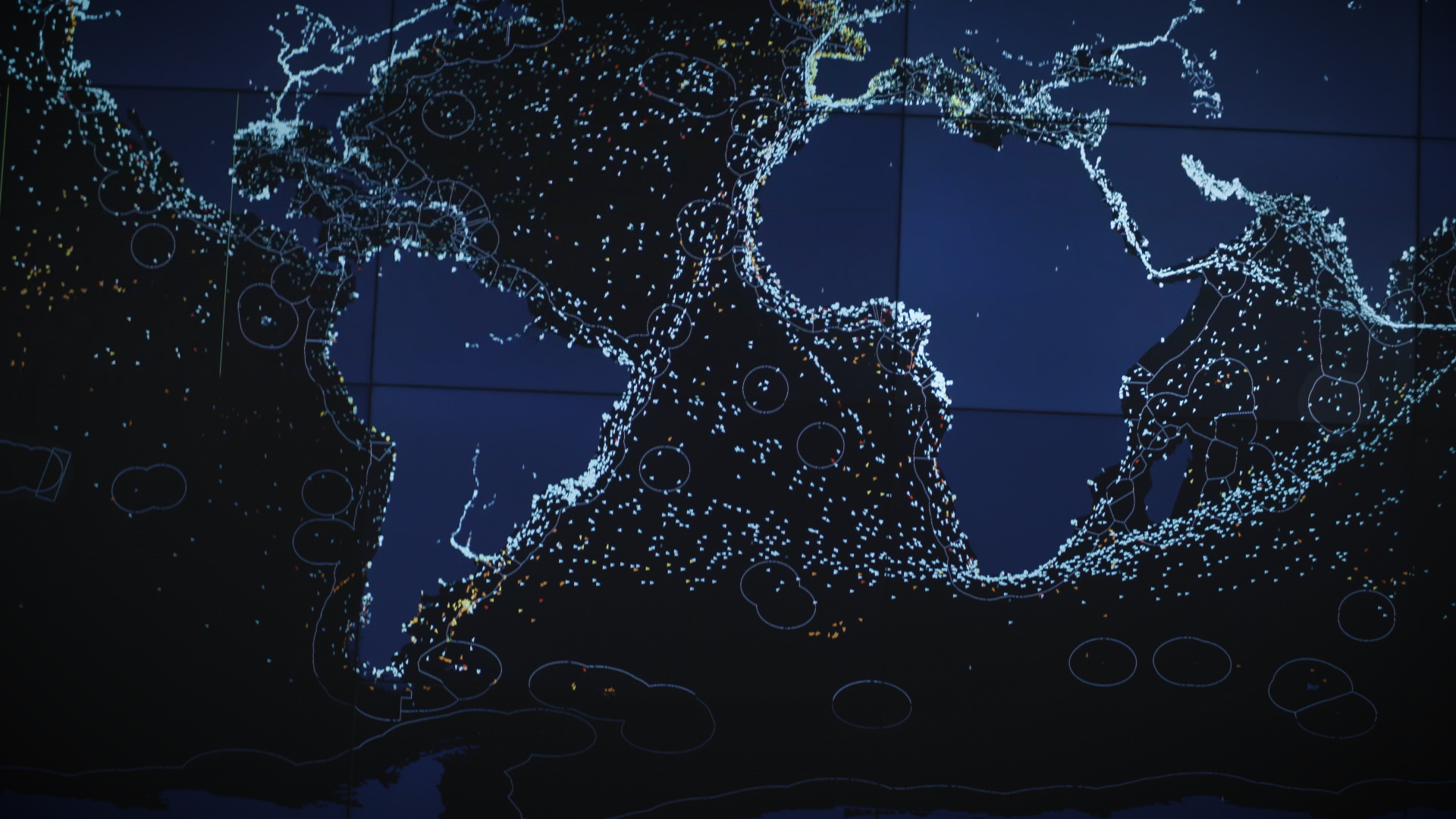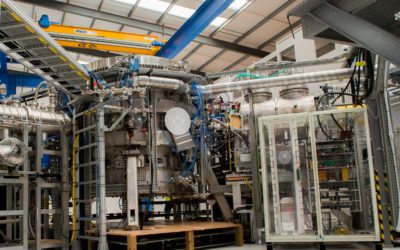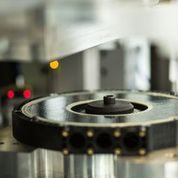If we are determined to truly reduce our impact on the natural environment, the green recovery cannot only apply to land, it has to extend to the 70% of the world’s surface covered by oceans.
Though it is hard to quantify, illegal fishing is estimated to account for up to a third of all the fish caught each year. This not only depletes fish stocks, impacting the biodiversity of the oceans, it also threatens the livelihoods of the 520 million people the WWF estimates relying on fishing. The illegal trade also encourages modern day slavery. Vessels acting with no regard for international law are often operated by crew working under forced labour conditions.
Given that this law-breaking can happen hundreds of miles offshore, authorities have found it very hard to police. Oxfordshire-based Ocean Mind has found that modern satellite capabilities are part of the answer.
This not-for-profit organisation helps preserve marine biodiversity, protects livelihoods and prevents slavery in the seafood industry, using satellites and artificial intelligence (AI), to identify fishing activities and suspected non-compliance, helping to protect the world’s vast oceans. They have proven to be some of the most difficult spaces to effectively govern and protect, but this innovative organisation has discovered that satellites can be used to find out what is happening anywhere on the seas, and AI is then used to identify where illegal fishing is happening. Their team of highly skilled analysts are then able to target these suspected problem areas far more effectively.
A high profile and exciting project that OceanMind is involved with is Blue Belt, a UK Government commitment to provide long term protection of over four million square kilometres of marine environment across the UK Overseas Territories. AI is used by OceanMind to analyse vessel movements and detect illegal fishing in these marine protected areas (MPAs). Satellite imagery can also be used to detect so-called “dark vessels” that may be hiding their presence from authorities.

Image courtesy of Ocean Mind. Ocean Mind seeker, Bradley, with a 3D global map displaying vessels
In fact, it was Ocean Mind’s technology that helped catch one of the most infamous illegal shipping vessels in modern history. The STS-50 had evaded capture for ten years, fishing illegally across the oceans, until the satellite and AI technology allowed it to be followed, and captured, with the Indonesian government sinking the vessel, as a deterrent.
Working in collaboration with governments and coastguards, modern technology is being used to help protect MPAs. Where in the past enforcement vessels were needed to protect an MPA, now all that is necessary is a laptop, making it much harder for illegal fishing vessels to hide.
Infrastructure improvements
Ocean Mind is a spin out from Harwell Satellite Applications Catapult at Harwell Campus. Ocean Mind decided to stay on the Harwell site to maintain their strong working relationship with Catapult, remain part of the Harwell community and to keep enjoying the local transport links, including the popular shuttle services.
The not-for-profit employs a variety of experts around the world, and many of these live in the south east. Oxfordshire is likely to remain the organisation’s home, even if analysts continue to work remotely, as has happened during the global pandemic. If there is one thing Ocean Mind would like to improve in the area it would be infrastructure improvements and a reduction in office rents. Traffic is heavy on the A34 and around Harwell Campus and Karen Green, from the Ocean Mind team, points out that travelling north usually entails two lanes of very busy traffic merging on a single carriageway bridge over The Thames, which leads to long delays.
About this case study - Powering up the Green Economy: Oxfordshire's role in building a cleaner future
Advanced Oxford would like to thank all of the companies that participated in this project for their time and for providing us with images which illustrate their technology and work. This case study was written by Sean Hargrave, working with Advanced Oxford.



